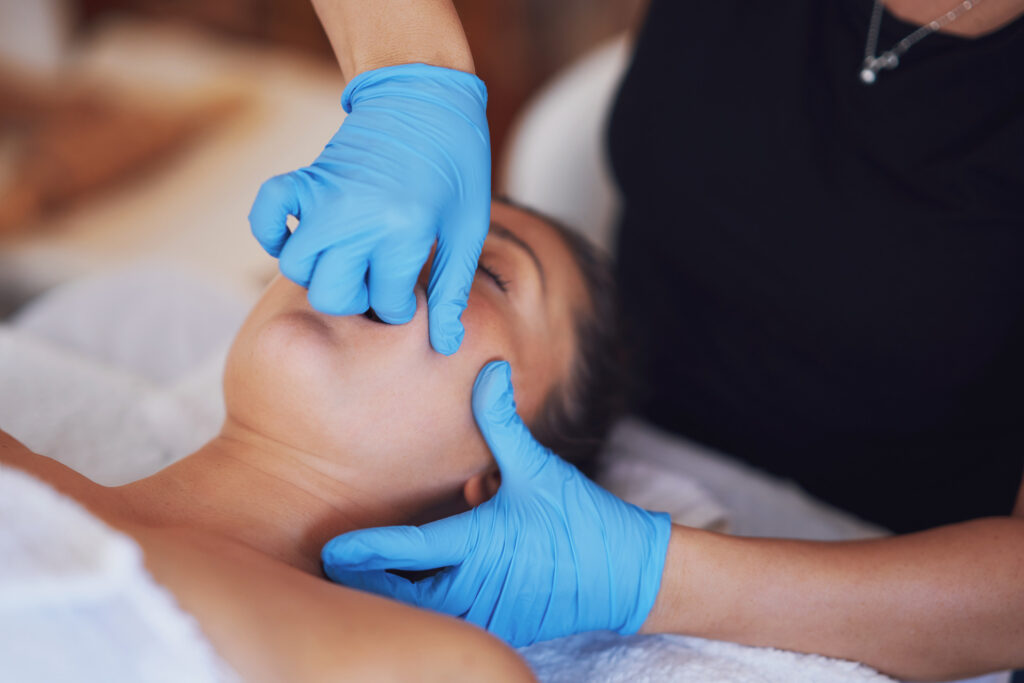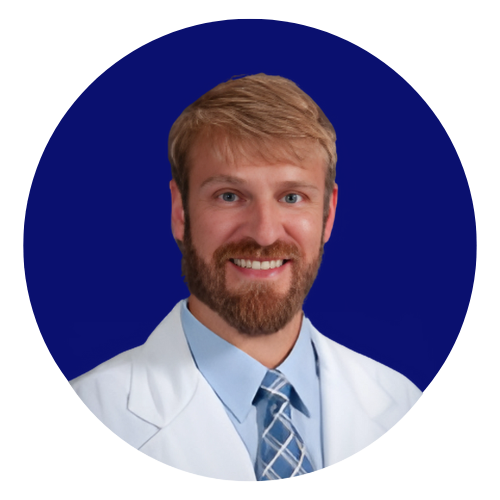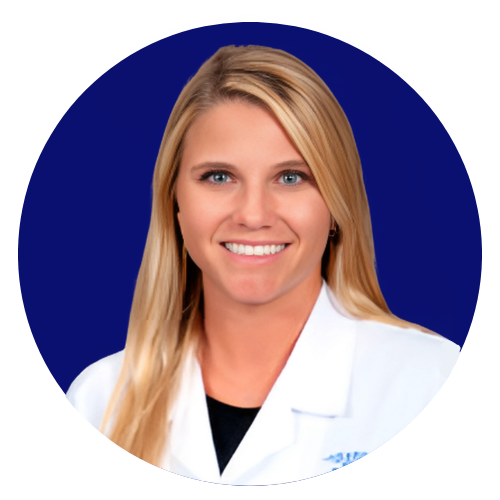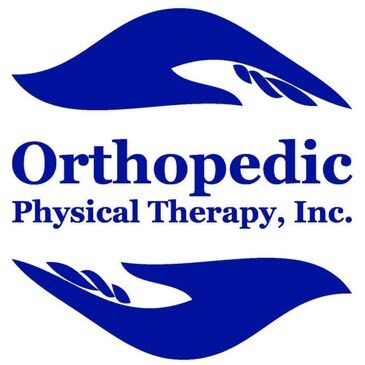What is TMJ / TMD - Jaw Pain : Temporomandibular Dysfunction?
If you’re experiencing jaw pain, clicking, or difficulty chewing, you may have Temporomandibular Dysfunction (TMJ/TMD)—a condition that affects the jaw joint and surrounding muscles. TMJ/TMD can cause persistent discomfort, headaches, and even neck and shoulder pain, making everyday activities like talking, eating, and yawning painful.
TMJ is your jaw joint. The temporal bone and the mandibular condyle. A problem with the TMJ is called a temporomandibular disorder, or dysfunction.
At Orthopedic Physical Therapy, Inc. we specialize in non-invasive, effective physical therapy to help you reduce pain, restore movement, and regain comfort in your jaw and surrounding muscles.
Are You Living With TMJ/TMD?
What Causes TMJ/TMD?
✔️ Jaw trauma (such as an accident or injury)
✔️ Teeth grinding (bruxism) or jaw clenching (often due to stress)
✔️ Arthritis or joint degeneration affecting the jaw
✔️ Poor posture and muscle imbalances in the head and neck
✔️ Mechanical dysfunction causing improper jaw movement
Common Symptoms of TMJ/TMD
- Headaches, neck stiffness, and shoulder pain
- Pain in the jaw, ear, teeth, or side of the face
- Clicking, popping, or grinding noises when moving the jaw
- Difficulty opening or closing the mouth fully
- Jaw locking in an open or closed position

How We Help You
At Orthopedic Physical Therapy, Inc., we use proven techniques to release restrictions, restore movement, and reduce pain:
- Hands-On Therapy & Mobilization – Gentle techniques to reduce stiffness and restore normal jaw movement
- Dry Needling – To treat the trigger points that may be a source of pain
- Patient Education – Guidance on oral habits, stress management, and lifestyle changes to prevent flare-ups
- Relaxation Techniques – Helps reduce jaw clenching and grinding that contribute to pain
Success Stories
TMJ / TMD: Temporomandibular Dysfunction - Frequently Asked Questions
Can TMJ/TMD cause headaches and ear pain?
Yes, a temporomandibular disorder/dysfunction can cause a headache or what feels like ear pain. A problem with your jaw can present differently depending on what type of issue you are having; however, patients frequently relate pain in the forehead, around/behind the eyes, the side of the head, the back of the head, the ear, or the side of the face/jaw/cheek. There can also be neck pain and dysfunction associated with your jaw dysfunction that can also contribute to pain in your head/jaw and/or neck. Trigger points can cause referred pain, meaning you feel discomfort in one area, but the actual cause is somewhere else. By treating the true source, we help resolve pain and tension long-term
Can I still eat normal food with TMJ/TMD?
It depends on the issue you are having with your jaw. It is important to remember that changes in your diet will likely only be temporary – do not despair!
Talk to your therapist to determine the quickest path back to your preferred foods. General advice would be to
- eat softer foods
- take smaller bites
- and chew slowly and purposefully to avoid aggravating your jaw.
Will I need surgery for TMJ/TMD?
Surgery is rarely needed for TMJ/TMD. Most cases can be effectively managed with conservative treatments like physical therapy, lifestyle changes, and stress management. Our goal is to help you avoid invasive procedures by addressing the root cause of your pain.
Do I need a referral to start physical therapy for jaw pain?
Our Jaw Specialists

Meet Brooks
Charles Brooks Steadman, PT, DPT, MTC, CMTPT/DN, CCTT received a B.A. degree in both Biology and Sociology from Bucknell University in 2006. While at Bucknell, he swam at the varsity level, competing in mid-distance and distance freestyle. He received a Doctorate of Physical Therapy from the University of St. Augustine for Health Sciences in 2011. After PT school he received recognition of his advanced orthopedic skills and understanding by achieving a Manual Therapy Certification(MTC) in November of 2012. He received international post-graduate certification in Dry Needling (CMTPT) by Myopain Seminars and Janet G. Travell, MD Seminar Series in July 2014. He was the first physical therapist in Virginia to be recognized as a Certified Cervical & Temporomandibular Therapist (CCTT) by the Physical Therapy Board of Craniofacial & Cervical Therapeutics. He effectively utilizes a variety of advanced manual techniques to improve the functioning of the jaw and neck, in relation to the musculoskeletal concerns of the whole body. “Brooks” enjoys treating patients with complicated and/or chronic orthopedic dysfunctions throughout the body. He utilizes the SFMA evaluative tools to treat the body as a whole. Dr. Steadman is Direct Access Certified.

Meet Rebecca
Rebecca Ayers Harris, PT, DPT, CMTPT/DN, received her B.S in Health Sciences with honors in 2009 from James Madison University. Dr. Ayers received her Doctorate of Physical Therapy from Virginia Commonwealth University in 2012. She has worked in outpatient settings treating a variety of orthopedic diagnosis. Dr. Harris has a special interest working with patients with dysfunctions of the shoulder, hip, and knee, as well as neck, back and other spinal problems. She believes in an active approach to physical therapy, incorporating manual therapy techniques exercises specifically tailored to each patient. Dr. Harris received international post-graduate certification in Dry Needling by Myopain Seminars and Janet G. Travell, MD Seminar Series in 2018. Dr. Rebecca Ayers is Direct Access Certified.
Ready to Feel Better? Experience Counts
Don’t let pain hold you back. If you have questions or want to know what treatments are right for you, contact us today to schedule a consultation at our Richmond, VA office. Let’s get you moving again!
